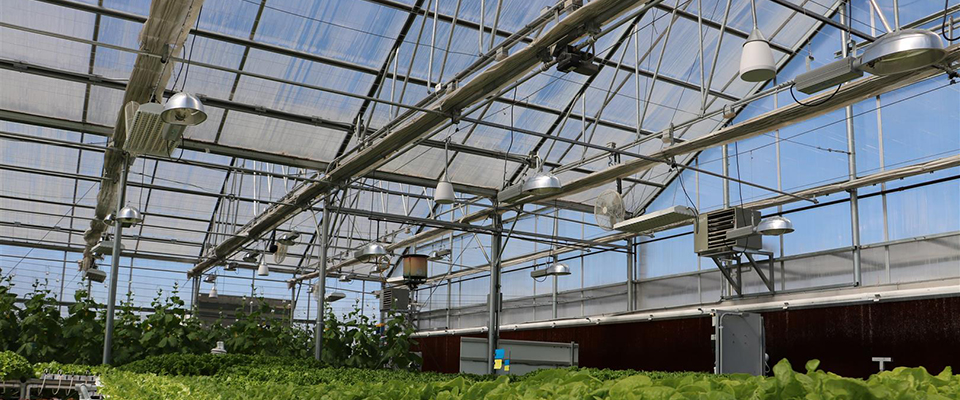Lighting Systems for Greenhouses: What You Need to Know
Greenhouses are a great way to extend your growing season, but sometimes natural light isn’t enough. In such cases, a lighting system can help you grow plants year-round with some benefits like better yield and quality.
If you’re considering adding a lighting system to your greenhouse, here’s what you need to know:
1. Types of Lighting Systems
There are different types of lighting systems that you can use in your greenhouse. The most common ones include HID (High-Intensity Discharge), LED (Light Emitting Diodes), and fluorescent lights.
HID lamps produce high-intensity light and have been used for years in greenhouses. They also produce heat, which can be beneficial during cold seasons.
LED lights are more energy-efficient than HID lights and last longer too. They don’t produce much heat compared to other lighting systems, making them ideal if you want to regulate temperature inside the greenhouse.
Fluorescent lights are an affordable option for small greenhouses or indoor gardening projects because they don’t require much energy and emit less heat than HID lamps.
2. Light Intensity
The amount of light emitted by a lamp is measured in lumens or PAR (Photosynthetically Active Radiation). Plants require different levels of light intensity depending on their growth stage.
Seedlings and young plants require low-intensity light between 1000-2000 lumens while mature plants need between 5000-7000 lumens. Some crops may require more specific ranges or wavelengths depending on their photosynthetic needs.
3. Light Duration
Plants also need darkness just as much as they need light; therefore it is important not only having adequate light intensity but also timing it properly.
Most crops do well with at least six hours of sunlight per day while others might need up to twelve hours of artificial light especially during winter months when days tend shorter.
4. Light Distribution
Plants require uniform light distribution inside the greenhouse to avoid uneven growth. Thus, you need to select a lighting system that offers even coverage throughout the entire growing area.
5. Energy Efficiency
Lighting can significantly increase your energy consumption costs. Therefore, look for energy-efficient options such as LED lights that consume less electricity and produce more light than traditional lamps.
6. Budget
Your budget is also an important consideration when choosing a lighting system for your greenhouse. HID systems are typically more expensive than fluorescent and LED lights, but they are best suited for large-scale commercial operations while fluorescent or LEDs may be used for small home-based greenhouses.
7. Maintenance
Lastly, consider the maintenance required by different types of lamps before making your choice. HID bulbs have a shorter lifespan compared to other lighting systems hence replacement should be done often.
LEDs have longer lifespans but require careful handling during installation and maintenance due to their delicate nature.
In conclusion, adding a lighting system in your greenhouse is beneficial especially if you want year-round harvests or need additional light during winter months.
When selecting your preferred option, take into account factors like light intensity, duration and distribution as well as energy efficiency and budget considerations.
By doing so, you’ll end up with an efficient system that not only delivers optimum yield but reduces operational costs too!


Leave a comment